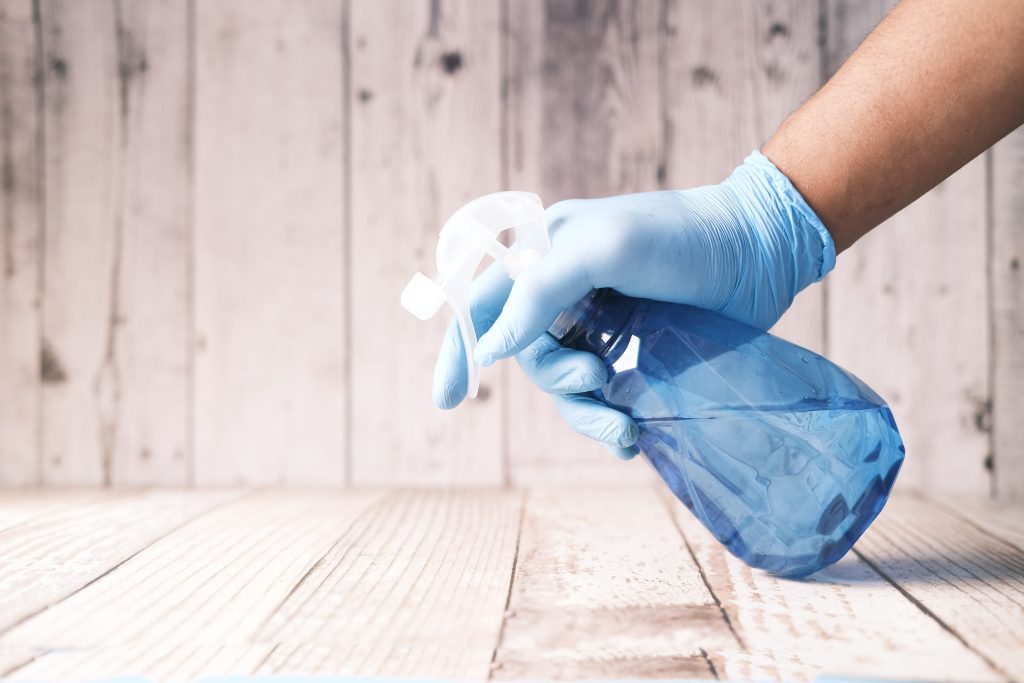Inhalants and huffing can be incredibly dangerous when they are abused, but many teenagers don’t realize the dangers these substances pose. There are many reasons you should never try to use these substances as some of them can cause life-threatening injuries and even death in some cases. To prevent inhalant abuse among teens, you must first understand why people abuse these substances. Then, by educating teens about the dangers of huffing and inhaling, you can help prevent teen inhalant abuse from happening in the future and potentially save the lives of children in your community.
Facts about inhalants
According to the National Institute on Drug Abuse, Inhalants are volatile substances that produce chemical vapors that can be inhaled to induce a psychoactive, or mind-altering, effect. These vapors are often sniffed or huffed directly from the container or an improvised device, such as a bag or rags soaked in the substance. Inhalant abuse is most common among preteens and teenagers aged 12 to 17 years old.
Health Effects
Inhalants are chemicals that are found in ordinary household products. When these products are inhaled, they can cause serious health problems, including death. Some of the short-term effects of inhalants include slurred speech, lack of coordination, dizziness, and hallucinations. Long-term effects can include brain damage, liver damage, and bone marrow damage. Inhalants are especially dangerous for teenagers because their bodies are still developing.
What does it look like?
Inhalants are often found in household products like cleaning supplies, cooking spray, and aerosol air fresheners. They can also be found in office products like correction fluid and felt-tip markers. Teens may try to huff these chemicals to get high because they are easily accessible and inexpensive.
Risk factors for huffing
Many risk factors are associated with huffings, such as easy access to inhalants, boredom, peer pressure, and curiosity. However, some teenagers may be more vulnerable to huffing than others. Those who suffer from depression, anxiety, or other mental health disorders may be more likely to turn to huff as a way to cope with their feelings. Additionally, teens who have trouble fitting in or who feel like they don’t belong are also at increased risk.
When to seek help
If you or someone you know is huffing, getting help immediately is important. Huffing can lead to serious health problems, including brain damage, heart problems, and even death. If you’re worried about someone you know, the best thing to do is talk to them about it.
Final thought
Although inhalants and huffing are often thought of as safe alternatives to other drugs, they can be just as dangerous. These substances can lead to addiction, health problems, and even death. If you know someone who is using inhalants or huffing, it’s important to talk to them about the risks involved. You could be saving their life.

